1. Meriwether Lewis (1774-1809) was an American explorer, who led the famous Lewis and Clark expedition along with William Clark. Lewis’ father had fought in the Revolutionary War, and died when Lewis was five. His mother taught him about wild medicinal herbs, and stoked his interest in natural history. His family and the family of Thomas Jefferson had a long history of friendship.
2. When Lewis was a boy, he enjoyed hunting and exploring the wilderness. When George Washington called for militia volunteers to control the Whiskey Rebellion, he enlisted. He later joined the army, and became a captain. It was in the army that he met William Clark.
3. In 1801, President Thomas Jefferson asked Lewis to become his private secretary. The President had an ambitious plan which involved mapping a route to the Pacific Ocean via the Missouri and Columbia rivers. The proposed expedition would include getting scientific knowledge about the terrain, making contact with the native populations and marking the boundaries of the Louisiana Territory, bought from France.
4. Lewis readily agreed to lead the expedition. He contacted his old army comrade, William Clark, and asked him to jointly lead the expedition. Lewis prepared for the journey by studying astronomy and natural history with scholars from the American Philosophical Society. Clark was in charge of recruiting men who were disciplined and skilled in hunting. Most of the recruits were soldiers.
5. The expedition began on 14th May, 1804. The party set out from Camp Dubois, which was across the Mississippi River from St. Louis. They had one 55 ft. keelboat, carrying supplies, and two smaller boats. They travelled up the Missouri River, sometimes encountering the native Indian tribes. Most of the tribes were helpful, providing food and guidance about the way ahead. In October, they decided to set up camp for the winter near the villages of the Mandan and Hidatsa tribes. Here, they met Toussaint Charbonneau, a trader. He was accompanied by his wife Sacagawea, who was a Shoshone Indian, and their baby. They were asked to join the expedition, and Sacagawea proved a valuable asset, especially as she was the sister of a Shoshone Chief.
6. On April 7th, 1805, the journey resumed with just 33 people. The others were sent back to St. Louis with the keelboat containing specimens, maps and reports. The party then proceeded westwards, and after travelling through dry, treeless terrain, reached the Great Falls of the Missouri. When they reached the mountains, they met Sacagawea’s brother. They got horses and supplies, and were fortunate to get an Indian guide. The journey across the mountains was perilous, and as the weather got colder, there was not much to hunt, for food. To ward off starvation, they had to kill and eat some of their horses. Once they emerged from the mountains, conditions improved, and they reached the Pacific coast in November, 1805.
7. They built Fort Clatsop in what is now Oregon, and spent the winter there. They set off for the return journey on 23rd March, 1806. Lewis and Clark decided to form two groups. Lewis would lead one through the mountains via a shorter route, and Clark’s group would explore the Yellowstone River. Lewis was accidentally shot in the thigh by one of his own men, while hunting. Both parties re-grouped at the Missouri River, and started the homeward journey to St. Louis.
8. The Lewis and Clark expedition returned to St. Louis on 23rd September, 1806, more than two years after they started. They had covered about 12,800 kilometres. The people turned out in great numbers to cheer them in St. Louis, and also en route to Washington D.C, when they went to meet the President. Lewis was rewarded with cash, 1600 acres of land, and was appointed governor of Louisiana.
9. Lewis was not a successful administrator, and was said to have started drinking heavily. In 1809, he was going to the capital, and stopped at an inn near Nashville, Tennessee. He was delirious with fever, and supposedly shot himself. Some historians have disputed this account, theorising that he was actually murdered. He was buried close to where he died, without much ado. His friend, Alexander Wilson, got his grave properly fenced. In 1848, the state of Tennessee erected a monument at his gravesite, and it is now a national monument.
10. Meriwether Lewis has been acknowledged as an intrepid explorer, and as he served as the party’s naturalist, contributed valuable knowledge about plants, animals and minerals of the areas explored. Additionally, the party had made peaceful contact with many Indian tribes, and had learnt about their languages and customs. Though he died tragically, his pioneering work ensured his place in the history of the United States of America.
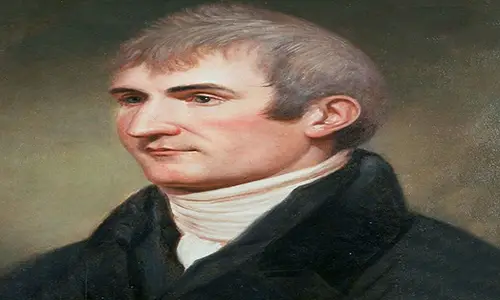


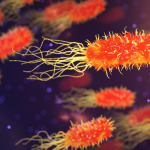
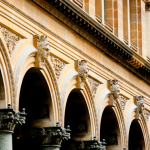

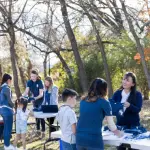
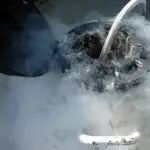
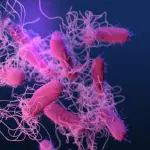


Leave a Reply